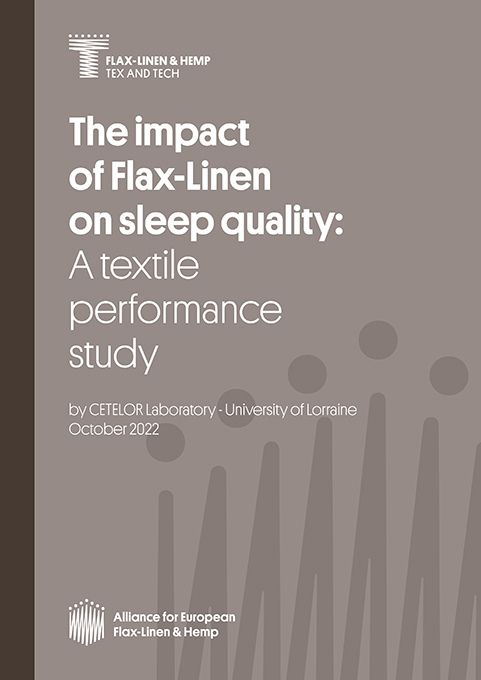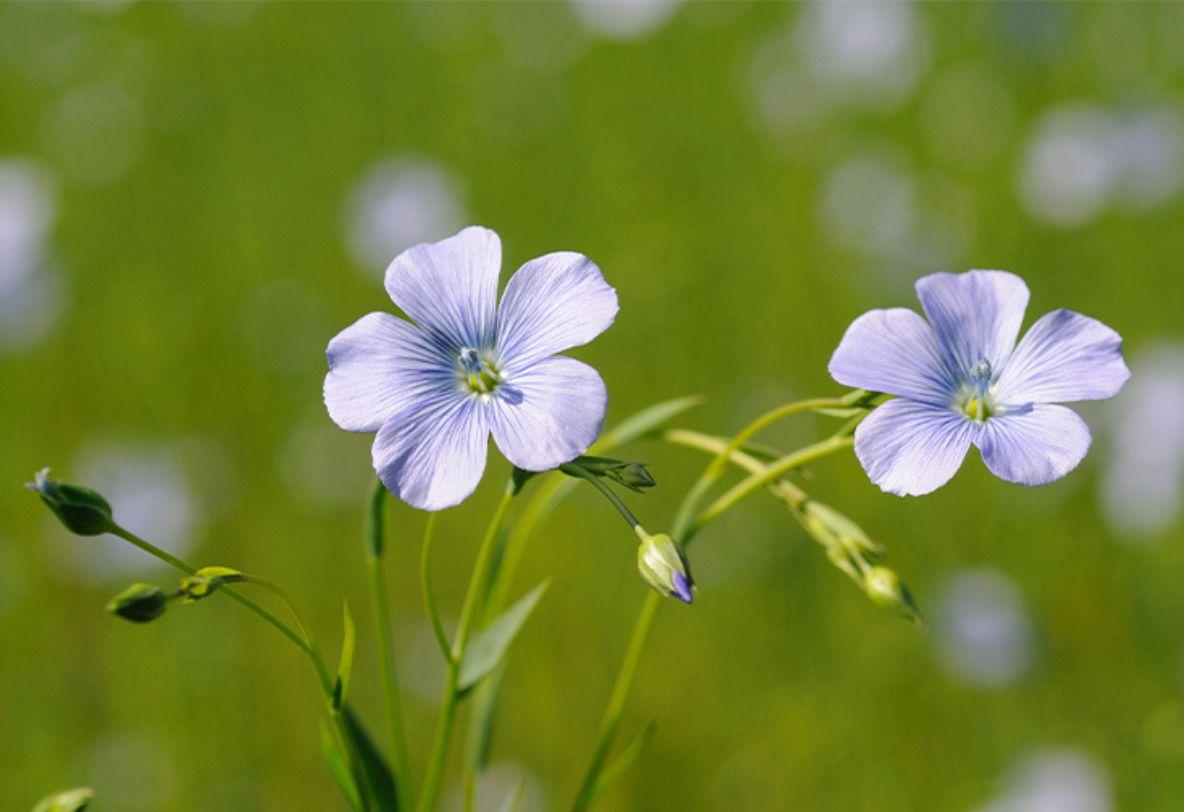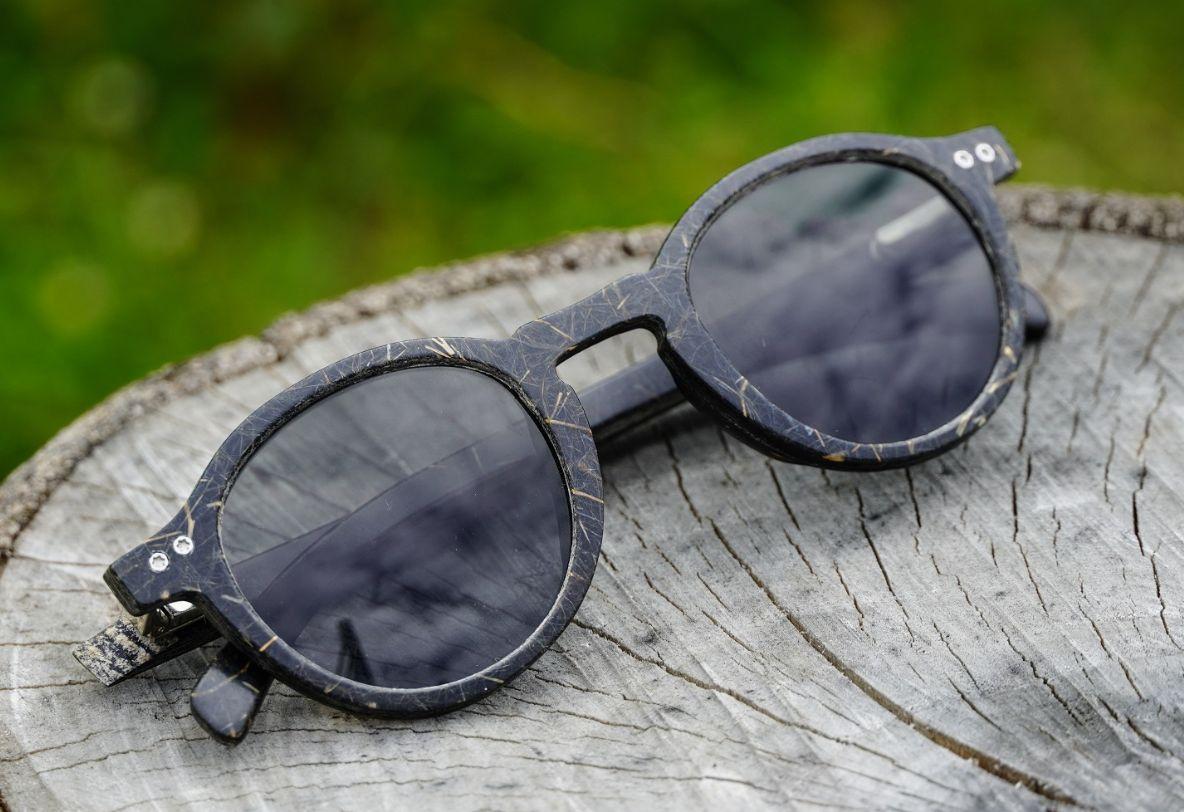Flax performance and properties
European flax-linen is becoming increasingly popular in fashion, decoration and other sectors thanks to its intrinsic qualities. This plant fibre has unique properties and capabilities, which make it the choice for both the textile and technical industries.






.jpg)





